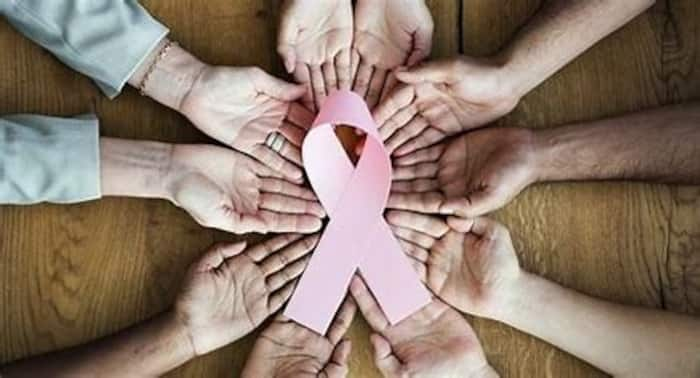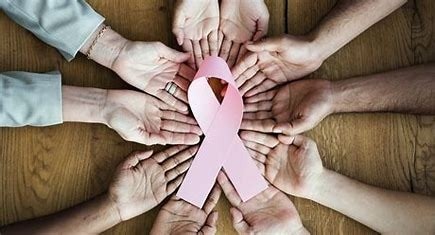Childhood cancers are not the same as adult cancers. The type of cancer, how far it spreads, and how it is treated is often different from adult cancers.

In the vast landscape of global health, childhood cancer often lingers in the shadows, overshadowed by more prevalent adult cases. Yet, the numbers tell a compelling story—one that unfolds to reveal the staggering reality faced by children worldwide. Annually, over 3 lakh children are thrust into the throes of a cancer diagnosis, with India alone witnessing more than 50,000 new cases.
Contrary to the perception that childhood cancer is a rare occurrence, statistics unveil a different narrative, with 1 in 285 children in the United States and a substantial global population grappling with the disease. The complexity of childhood cancer becomes more complex as we learn more about it, and this means that we should look more closely at its distinctive characteristics.
According to Dr. Vinay Bhatia, Head, Molecular Biology National Reference Lab, Oncquest Laboratories Limited, Gurugram, “Childhood cancers, unlike their adult counterparts, exhibit a predilection for specific organs and systems within the young bodies they afflict. Blood cells, the lymph system, the brain, liver, and bones emerge as primary targets, with acute lymphoblastic leukaemia standing out as the most common form. While these cancers can occasionally manifest in adults, their occurrence is notably less frequent, marking a stark contrast between the paediatric and adult oncological incidences.”
Furthermore, understanding the roots of childhood cancer proves elusive, with the majority of cases lacking a clear cause. Unlike adult cancers, which may be linked to lifestyle choices such as diet and smoking, childhood cancers often stem from genetic mutations. Some mutations are inherited from parents, while others arise during the early stages of foetal development, increasing the risk of leukaemia. Down syndrome, too, emerges as a factor amplifying the likelihood of childhood leukaemia. The enigmatic nature of childhood cancer complicates research efforts, as its rarity hinders comprehensive studies on causative factors.
CHALLENGES IN EARLY DETECTION
Early diagnosis becomes a keystone in the battle against childhood cancer. However, identifying the disease in its nascent stages poses a formidable challenge. Symptoms of childhood cancer often mimic those of common childhood illnesses, rendering early detection a complex task. Medical professionals rely on physical examinations, advanced imaging studies, and laboratory tests to pinpoint the presence and type of cancer. The urgency of timely identification cannot be overstated, as it paves the way for tailored interventions that enhance the chances of successful treatment.
TREATMENT APPROACHES
Once diagnosed, childhood cancer demands a tailored approach to treatment. Paediatric oncologists navigate a delicate balance between eradicating the cancerous cells and minimizing long-term side effects that could impact the child’s development. Treatment modalities encompass surgery, chemotherapy, radiation therapy, and, in some cases, stem cell transplantation. The intricacies of treating childhood cancer extend beyond the physical aspects, considering the unique challenges posed by the ongoing growth and development of the child.
In gist, childhood cancer emerges not only as a medical challenge but as a distinct entity with its own set of characteristics and complexities. As research advances and awareness grows, bridging the gaps in understanding becomes imperative to pave the way for improved treatments and, ultimately, better outcomes for the youngest warriors in the battle against cancer.

